With October finally up and running, we are now officially underway with the last anime season of the year 2021! Yes, I know, time is indeed that thing with wings.
So, to kick this Fall Anime Season into gear, I shall also be taking up the responsibilities of weekly blogging by covering the anime adaptation of one of the brightest beacons of modern manga, Blue Period!
Come join me as I spill my thoughts out on the page with the passion befitting the kind of artists that this story is about!
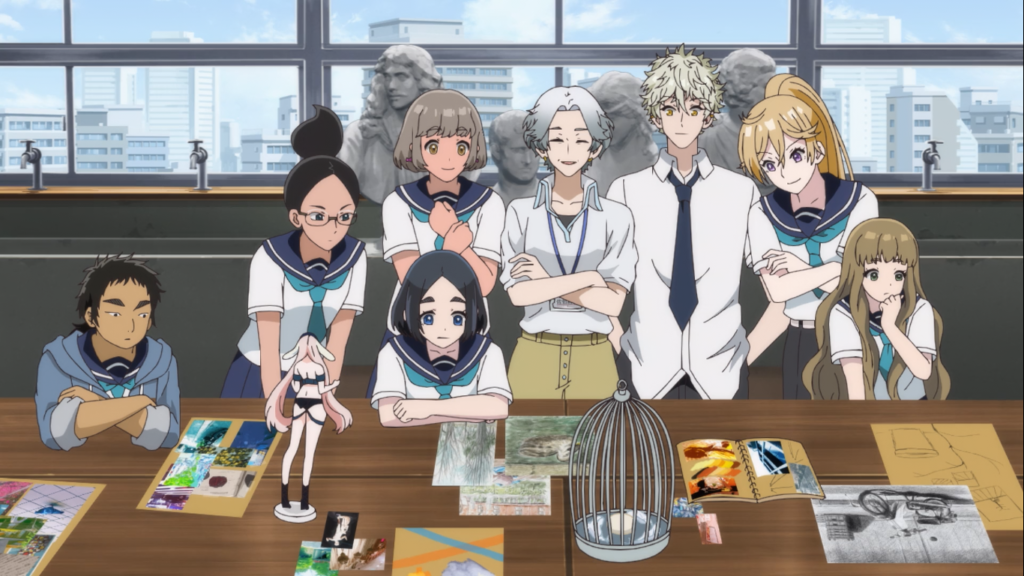
I believe it’s only fair to start off by measuring this adaptation on how successful it appears to be on a technical level. First thing first, yes, the anime reorders some events from the manga to make them flow better in anime form. Personally, I prefer this change even though the anime-only watchers might feel that Mori-senpai’s role in the story might have been shortened but really, it hasn’t. Same goes for the technical definitions of Dessin drawing which should definitely come later on. Secondly, in the first impressions post for Blue Period, my fellow blogger and avid vinyl-collector, Lenlo, made the assessment that this is a series which features some lovingly crafted sketches depicting the artists’ prowess at their respective crafts and that’s why the reason Blue Period works better as a manga is because it allows the reader an opportunity to experience the story at their own pace. I understand this notion and the reasoning behind it but I don’t fully agree with it. See, for me, this adaptation works because it has two very clear advantages over the manga. Well, all anime do, really. But Blue Period utilizes both of these to the fullest.
The first and the obvious one of these being sound. While we get to hear the background score for Blue Period only for about a fifth of the episode’s runtime, its lush and gentle undertones complement each such scene perfectly while never taking center stage. The sound director, Hiromi Kikuta, really understands the kind of melodies that should permeate this world and brings them to life delectably. And yet, the real star of the show here has to be the simply outstanding VA work that the entire cast is pulling off. Every single character, even if they may have only a single line of dialogue commits to the role they’ve been given. There’s no exaggeration and all the emotions are conveyed with the most naturalistic delivery possible. It’s especially the scenes carrying heavy emotional weight like the ones between Yatora and his mother and the simply stunning voice break that Ryuuji’s voice actor pulls off in the scene when Mori-senpai is being congratulated, revealing the natural depth of his masculine voice which he subconsciously tries to keep veiled behind his chosen femininity, which are for me a marked improvement over the manga.
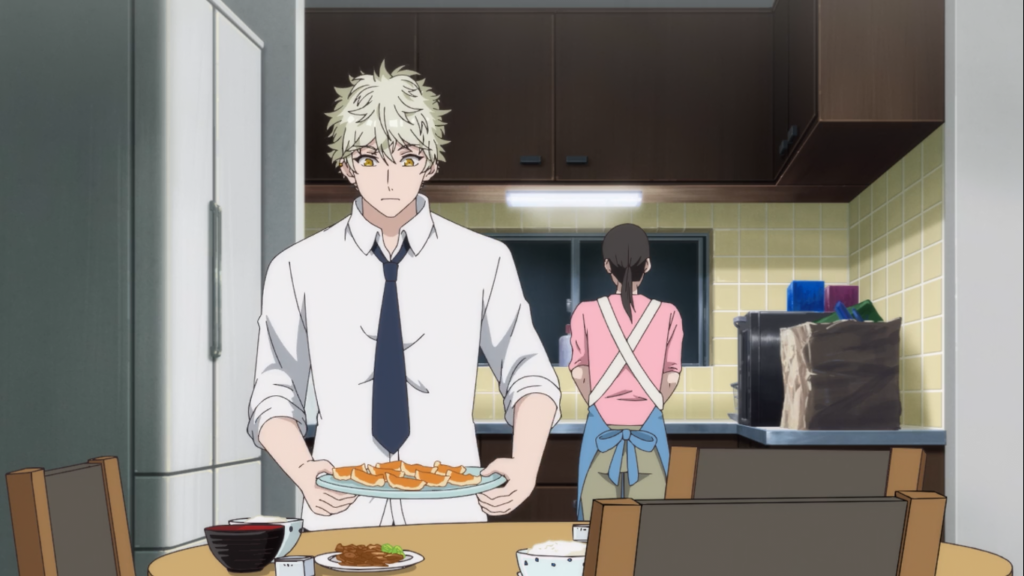
The second advantage, and this one’s vital, that this anime adaptation has over the manga is that of color. Blue Period is a series that’s heavily reliant on its art to be able to connect to the reader/viewer. And this structure by design plays into the story’s strengths as the art in this series really is top tier, especially the fantastic art-pieces that are yet to come. But the one thing that’s also to be considered here is how many of such pieces there are going to be. When you a multitude of such creations on every other page, all drawn in grayscale, they all naturally tend to sort of blend together at some point. In this episode itself, when Saeki-sensei gives the students their summer assignments and they return with their work after the vacations, you are able to distinctly tell how the personality of each student shines through in their pictures or their scrapbooks, as all these are laid out in vivid colors which pop off the screen. But it’s difficult to make each element of a frame like the one below stand out distinctly in grayscale:

So, I guess you understand why I, even being someone who absolutely adores the manga, do not outright prefer it over the anime or think that the anime’s existence doesn’t have much merit. At least from what I have seen of the anime so far. The real test would definitely be how it depicts the actual showcases in the coming weeks.
Right. With all that out of the way, we now come to the meat and bones of this episode, i.e. the plot. I actually find Blue Period to be a deceptively complex series. It’s built up on a foundation that’d be perfect for a run-of-the-mill shounen but it never goes that route. It instead takes a similar approach to March Comes in Like a Lion in the depiction of its characters’ emotions but never fully embraces the tearjerker elements of that series, either. Not to mention how it goes it treats its themes of fine arts with the depth of something like Fune wo Amu. It’s somehow simultaneously like many different series but also entirely singular.
But yes, the one thing that is undeniable about Blue Period as a story is that it lives and dies by its characters. Our protagonist, Yatora, is not an undiscovered genius. He is not exemplary at the field he wants to pursue but he’s not absolutely terrible at it either. What he definitely is, is a hard worker. Still he is merely ‘okay’. B- for talent, A for effort. Blue Period as a story is quick to illustrate how steep the mountain Yatora has decided to scale really is. In the premiere, we saw that he took up art as a career path after looking at Mori-senpai’s painting but in this episode we find out that at the art classes she takes, she isn’t one of the top students. Hell, she is fifth from the bottom. And that is the person Yatora is striving to one day be comparable to. To add to his lack of expertise, he also belongs to a middle-class family who simply cannot afford the fees that a premier Art University would ask for. So, he has got no choice but to strive to make it to the one University with the minimum selection rate, Geidai, thus making his task far more difficult than Mori-senpai’s.

As for the scene between him and his mom, I don’t want to analyze that and tarnish its emotional heft. See, I come from a country where the majority of married women are housewives. They work seven days a week, fourteen hours a day and only get the frequent criticisms about how the dinner lacks salt or how the shirts aren’t properly ironed or how the tea is too warm as their monthly stipend. It’s just an honest scene and Blue Period is an honest series, one that I would no doubt be hoping more people give a chance in the weeks to come.
To anyone still on the fences about this story, you would find me here singing its praises and (hopefully not) criticizing any missteps this adaptation has, week in and week out.

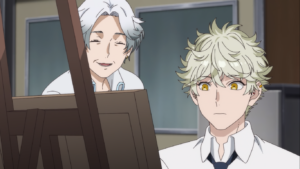
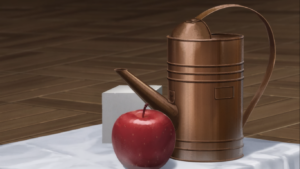
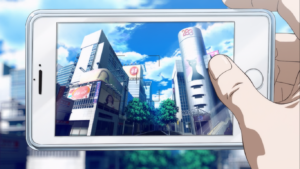

From my own experiences, I have found Ryuuji a very fair representation of transvestism.
seeing this adaptation achieving mimicking the nuance of the manga, makes me wish that more animated works could have that same tone.
The French are excellent at that in particular.
Your opinions/reviews often end up saying the things I would have said.
Yeah, I was gonna mention that in later episodes when the story would focus more around him. I really like the fact that this series just simply implies that Ryuuji is a crossdresser and then never makes a big deal out of it. It’s the most appropriate kind of representation that not enough series try to implement nowadays.